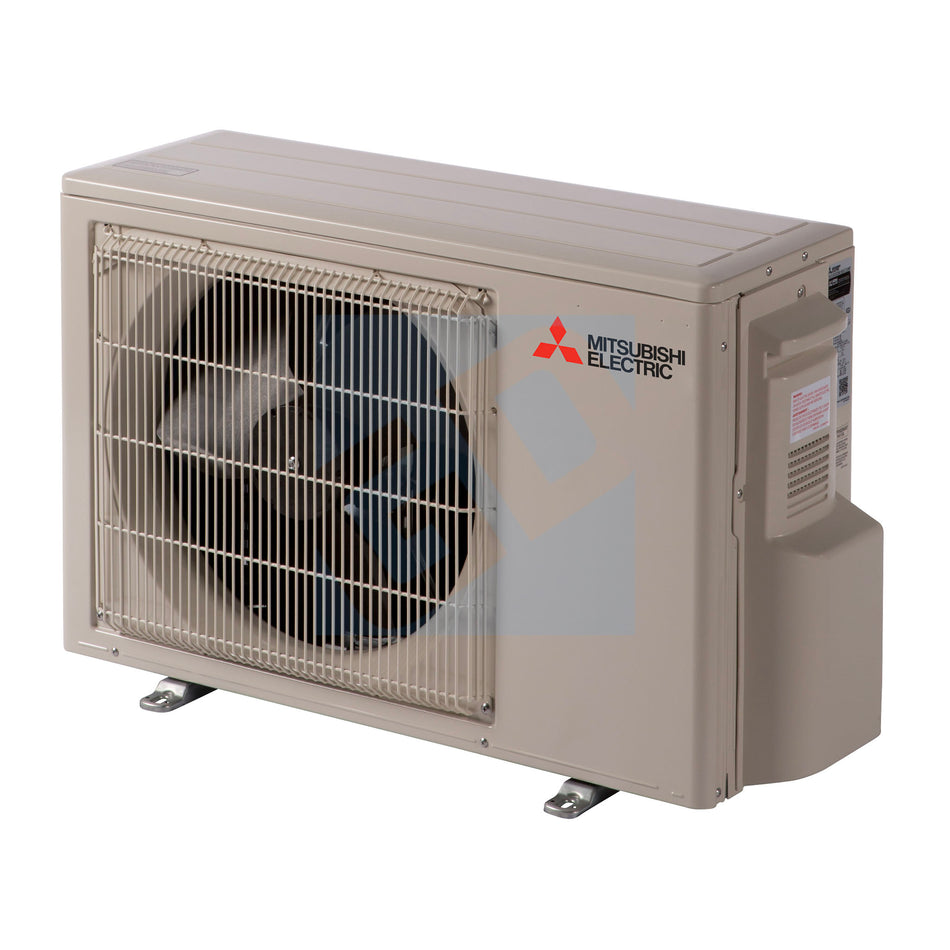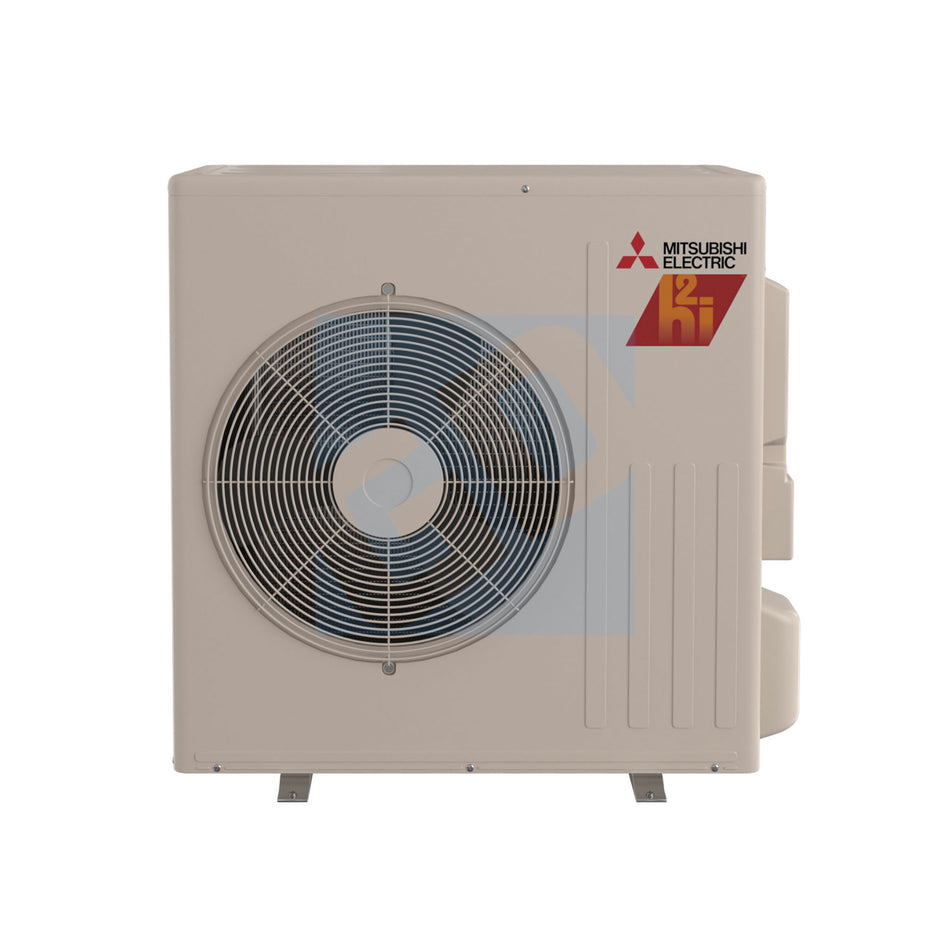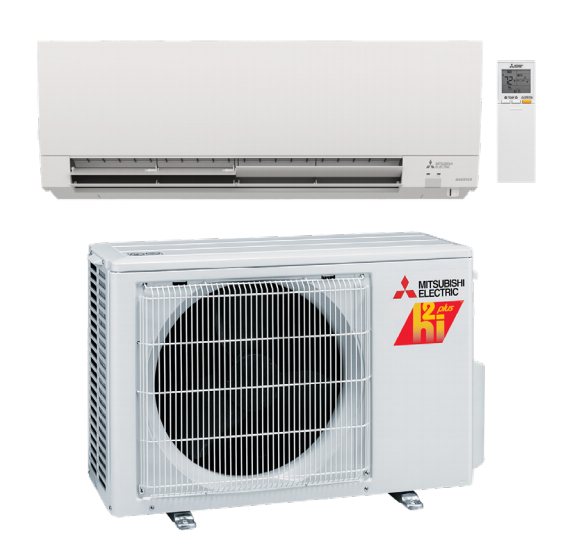When it comes to cooling a room or a home during hot summer months, many homeowners are often confused about which type of air conditioning system to use: mini-split and window units. Both of these cooling options have their advantages and disadvantages, and the decision to choose one over the other can be influenced by several factors, including the size of the room, installation cost, and energy efficiency. In this blog post, we will compare mini-split vs. window units and highlight their pros and cons, giving you a better idea of which one will be the best fit for your needs.
Mini Split AC Units
Mini-split air conditioners are becoming increasingly popular among homeowners. They consist of two main components: an indoor unit and an outdoor unit. The indoor unit is mounted on the wall or ceiling, while the outdoor unit is installed outside the house. Mini-split AC units are ideal for cooling individual rooms or multiple rooms, and they are relatively easy to install. These systems use a refrigerant to cool the air and move it throughout the house. You can connect multiple indoor units to one outdoor unit for a whole home solution or you can connect one indoor unit to an outdoor unit for a single space solution.
Window AC Units
Window AC units are the most common type of air conditioning units for residential use. They are designed to be mounted on a windowsill, which makes them easy to install. Window AC units are also ideal for cooling single rooms and small apartments. They have a simple design and are relatively affordable compared to other AC units. Window AC units use a refrigerant to cool the air, and they can be controlled using a thermostat or a remote control.
Factors to Consider when Choosing Between Mini Split and Window Units
When choosing between mini-split and window units, several factors come into play. These factors include the size of the room, installation cost, energy efficiency, and overall functionality. Let's take a closer look at each of these factors.
Room Size
Perhaps the most critical factor to consider when choosing between mini-split and window units is the size of the room you want to cool. Window units are typically designed to cool a single room or a small apartment, while mini-split units can be used to cool multiple rooms or even an entire house. If you have a large room or if you want to cool multiple rooms, you should consider installing a mini-split unit.
Installation Cost
Installation cost is another factor to consider when choosing between mini-split and window units. Mini-split units are generally more expensive than window units, and the installation process can be more complicated. A professional HVAC technician will likely need to install the unit, which can add to the overall cost. In contrast, window units are relatively affordable, and they can be easily installed by homeowners. One important factor to consider is the value you add to your home when you install mini splits. Since it is a permanent air conditioning solution, that would be considered as a pro when selling the house. This benefit offsets the higher installation costs that come with mini splits.
Energy Efficiency
Energy efficiency is an essential factor to consider, especially if you plan to use your AC unit frequently. Mini-split units are generally more energy-efficient than window units because they use inverter technology to regulate the amount of power used to cool the air. In contrast, window units are less energy-efficient because they have a fixed compressor speed that cannot be adjusted.
Overall Functionality
Finally, you should also consider the overall functionality of mini-split and window units. Mini-split units are generally more versatile than window units because they can be used to cool and heat multiple rooms and have remote controls for temperature adjustment. Window units, on the other hand, are generally less versatile and may not have advanced features such as remote control.
Pros and Cons of Mini Split AC Units
Pros
- Adds value to a property
- Energy-efficient
- Can cool and heat multiple rooms
- Can be controlled with a remote control
- Quiet operation
- Sleek design
Cons
- More expensive than window units
- Installation can be more complicated
- May require a professional to install
Pros and Cons of Window AC Units
Pros
- Affordable
- Easy to install
- Ideal for single rooms or small apartments
- Can be controlled using a thermostat or a remote control
Cons
- Less energy-efficient than mini-split units
- Must reinstall each summer season
- Can't use window after installation
- Only cooling option
- Louder than mini-split units
- Generally less controls than mini splits
Conclusion
Choosing between mini-split and window units can be a challenging decision, but ultimately your choice will depend on your cooling needs, your budget, and your preferences. Mini-split units are ideal for cooling multiple rooms and are more energy-efficient, while window units are affordable and easy to install. By considering the factors outlined in this article and weighing the pros and cons of each unit, you can make an informed decision that will keep your home cool and comfortable during the hottest months of the year.
Browse our mini split selection online and reach out to us if you have any questions about mini splits and their benefits.







